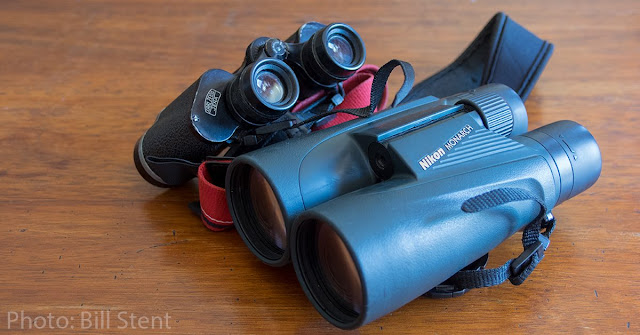Expanding Crab Nebula
29 March 2019 I was talking with a mate the other day about these Facebook posts, when I casually mentioned the one I'd done about the expanding Crab Nebula. Duh, turns out I'd never posted it! So here it is. https://apod.nasa.gov/apod/ap180104.html The Crab Nebula (M1) was formed by a supernova in 1054, so a little under 1000 years ago. People saw it from the Earth. Supernovas are big bangs. The gas and dust ejected from the exploding star formed a massive nebula with criss-crossing shock waves further interacting with clouds of hydrogen, oxygen and other gases and elements. It's a very complex nebula - a little like the Tarantula. But the real point is that it's still expanding. So fast, in fact, that you can actually see it growing in a time-lapse taken by Detlef Hartmann over a ten-year period . I would definitely recommend having a look at the Crab Nebula - it won't move while you're watching it, of course, even though it is expanding at about 1000 km pe...








